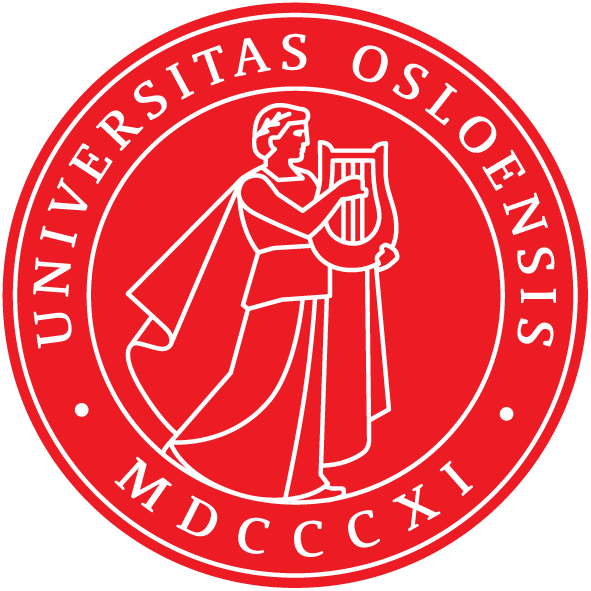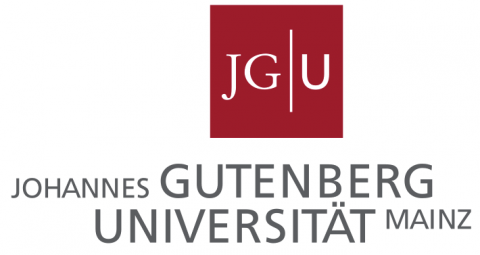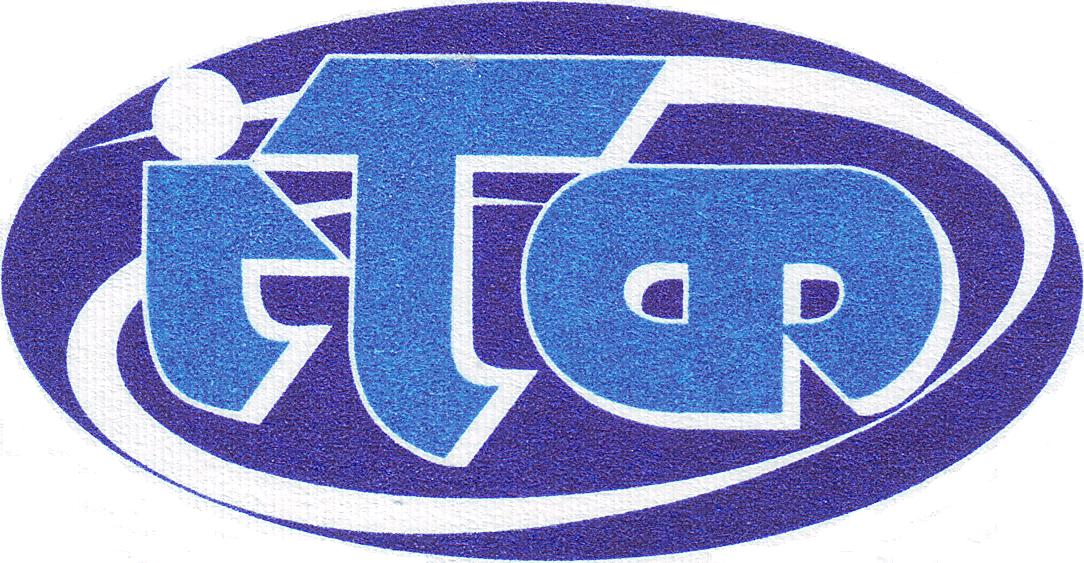Lecturers and Themes:
Prof. Larissa Bravina (UiO, Oslo, Norway):
1) Quark Gluon Plasma and Anisotropic Flow
2) Heavy Quarkonia
Prof. Evgeny Zabrodin (UiO, Oslo, Norway):
Thermalisation in relativistic Heavy Ion collision (2 lectures)
Prof. Marc Vanderhaeghen (JGU, Mainz, Germany):
Precision hadron physics as tools of new physics searches (2 lectures)
Prof. Vladimir Pascalutsa (JGU, Mainz, Germany):
Topic: Dispersive methods in particle physics
1) Causality, analyticity and dispersion relations
2) Low-energy theorems and sum rules
3) Sum rules for spin-1/2 case I: real photons
4) Sum rules for spin-1/2 case II: quasi-real photons
5) Sum rules for spin-1 case: light-by-light scattering
6) Sum rules written in terms of structure functions
Prof. Yuriy Sinyukov (BITP, Kyiv, Ukraine):
1) Introduction to relativistic nuclear physics
2) Classification and review of models of relativistic nucleus-nucleus collisions
3) Properties of strongly interacting matter in heavy ion collisions
4) Integrated hydrokinetic model of nucleus-nucleus collisions
5) The main features of space-time evolution of matter in relativistic heavy ion collisions
Prof. Yuri Shtanov (BITP, Kyiv, Ukraine):
Topic: Introduction to Cosmology
1) Overview and basics
2) Early hot universe
3) Inflation and CMB
4) Dark energy and dark matter
5) Baryogenesis
Prof. Dmitry Anchishkin (BITP, Kyiv, Ukraine)
Topic: Description of the hadron system created in relativistic heavy-ion collisions
1) Mean-field approach in the multi-component gas of interacting particles applied to relativistic heavy-ion collisions
2) Hadron Resonance Gas Equation of State from Lattice QCD
3) Van der Waals Equation of State with Fermi Statistics for Nuclear Matter
4) The Walecka and Quantum van der Waals models of nuclear matter
5) Non-Gaussian particle number fluctuations in vicinity of the critical point of nuclear matter for Van der Waals equation of state; Scaled variance, skewness, and kurtosis near the critical point of nuclear matter
Prof. Kirill Bugaev (BITP, Kyiv, Ukraine):
1) Equation of state (EoS) of nuclear matter: from Walecka model to thermodynamically self-consistent models.
2) Induced surface tension EoS for nuclear and hadronic matter and quantum virial coefficients.
3) Statistical multifragmentation model (SMM) of atomic nuclei, its exact analytical solution and nuclear liquid-gas phase transition.
4) Critical exponents of classical and statistical EoS.
Prof. Igor Kadenko (TSNUK, Kyiv, Ukraine):
1) Search for two and identical nucleon systems
This lecture is devoted to historical review of scientific hunting for the simplest nuclei, composed of 2 neutrons and two protons and discussion of the latest results of such search.
2) Observation of bound dineutron in neutron induced nuclear reactions
This lecture presents the experimental results of a bound dineutron observation as well as basical theoretical consideration and interpretaion of these results.
3) Nuclear data generation and utilization.
This lecture will present current status and nuclear data obtaining, evaluation and utilization in different areas of science and applications.
Prof. Stanislav Vilchynskyi (TSNUK, Kyiv, Ukraine)
Prof. Alexander Yakimenko (TSNUK, Kyiv, Ukraine):
Topic: Introduction to physics of black holes
1) Basic overview of theoretical concepts.
2) Black holes in general relativity.
3) Physical fields near black holes.
4) Black holes in the Universe.
5) Analogues of black holes in laboratory.
Dr. Yuliya Lashko (BITP, Kyiv, Ukraine):
Topic: Novel problems of nuclear physics
1) Exotic nuclei and their extraordinary properties
2) Clustering in light nuclei: two-cluster systems
3) Clustering in light nuclei: three cluster systems
4) Multineutron systems
5) Dark matters with clusters
Dr. Volodymyr Horkavenko (TSNUK, Kyiv, Ukraine):
1) The SHiP experiment. Motivation and facility characteristics.
2) Possible extensions of Standard Model. Hidden portals.
3) Scalar portal. Creation and decay channels for hidden scalars.
4) Construction of the sensitivity region for the hidden scalar in the SHiP experiment.
5) Chern-Simon portal. Theory and possible manifestations in the SHiP experiment.
6) Heavy neutral leptons. Theory and possible manifestations in the SHiP experiment.
Prof. Carmine Pagliarone (LNGS, Gran Sasso, Italy):
1) From Accelerators to Astroparticle Physics: A short Experimental Introduction (3 lectures)
2) Neutrino Physics and Dark Matter searches in underground laboratorie


